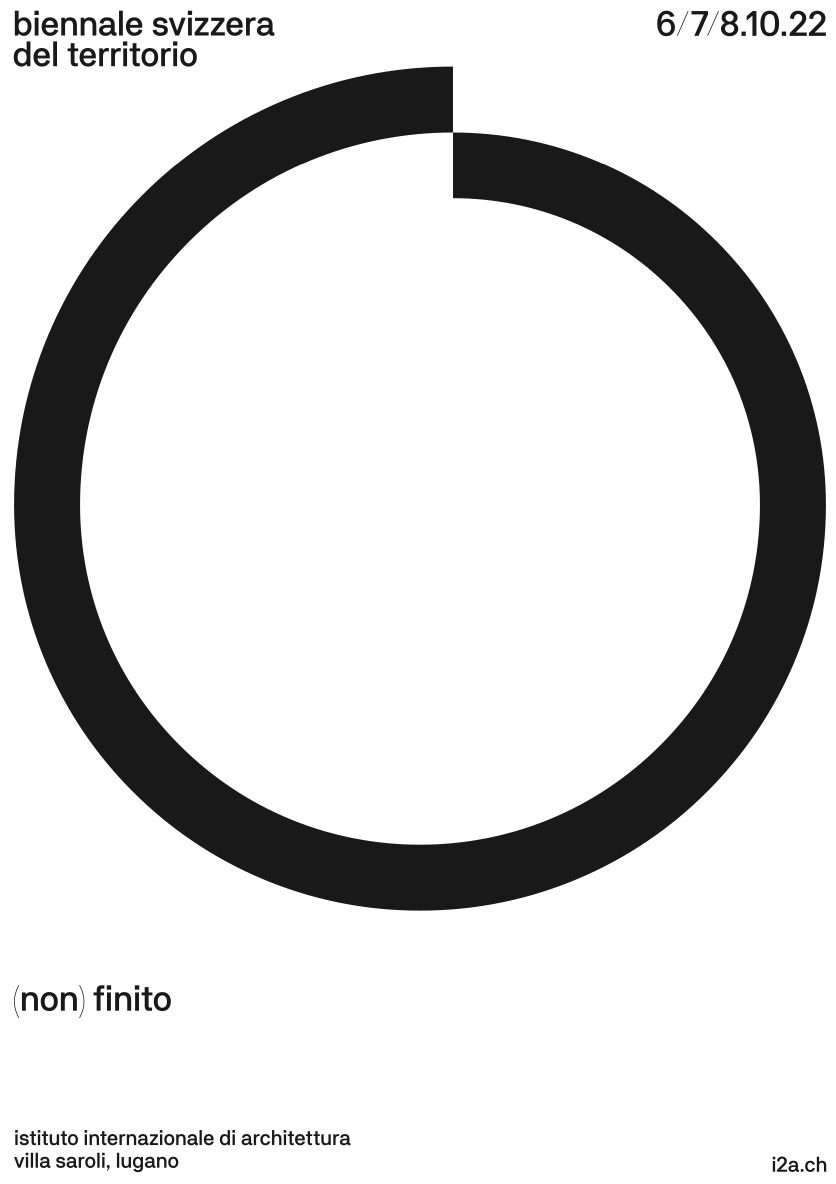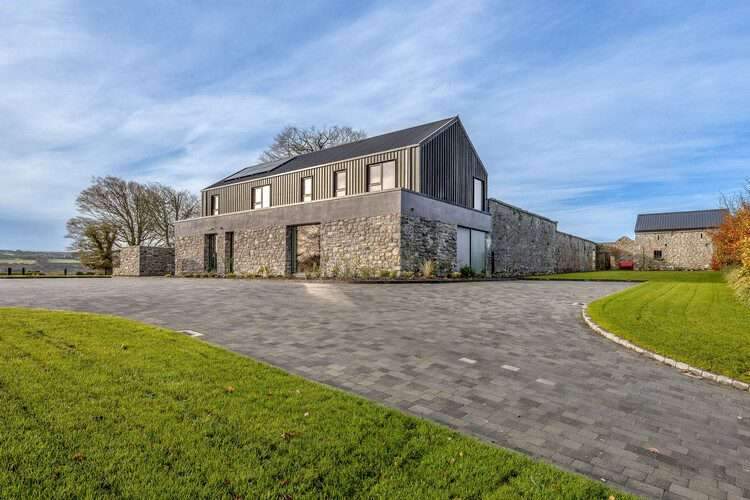3D Printing in Modern Architecture is revolutionizing how buildings are designed and constructed. This technology, once a futuristic concept, has now become integral to the architectural world, offering new possibilities for innovation and efficiency. Architects are leveraging 3D printing to design intricate and complex structures that push the boundaries of traditional construction. From small-scale prototypes to full-scale buildings, 3D printing is transforming the way architects approach their craft.
Innovations in Construction
One of the most remarkable impacts of 3D printing in modern architecture is its application in construction. Large-scale 3D printers have been developed to construct entire buildings by layering materials such as concrete, clay, or specialized 3D printing compounds. This process drastically reduces the time and cost associated with traditional construction methods.
The potential for 3D printing in modern architecture is particularly promising when it comes to affordable housing and disaster relief structures. Entire homes can now be printed in a matter of days, reducing both labor costs and construction timelines. Moreover, the reduced material waste contributes to sustainability efforts, making 3D printing an environmentally responsible choice for the future of architecture.
Complexity and Customization
3D printing allows for unparalleled complexity in design. Architects can now create highly detailed structures that would be too expensive or difficult to achieve using conventional methods. Customization is another key advantage, enabling architects to produce unique, tailor-made designs for each project.
From elaborate facades to customized interior elements, 3D printing in modern architecture offers endless possibilities. The ability to create fluid, organic shapes opens new avenues for architectural expression, allowing for more creative freedom than ever before.
Environmental and Economic Benefits
The environmental benefits of 3D printing are substantial. By using locally sourced materials and minimizing waste, architects can significantly reduce the carbon footprint of construction projects. 3D printing also allows for more efficient use of resources, as materials are precisely layered, reducing excess and waste.
Economically, 3D printing in modern architecture reduces labor costs and speeds up construction. This results in significant savings for developers and clients, making the technology an attractive option for various building projects. As the technology continues to evolve, these economic advantages will likely expand, making 3D printing a core component of future construction practices.
Conclusion
3D Printing in Modern Architecture is paving the way for a new era of innovation, sustainability, and efficiency. Its ability to streamline construction, reduce costs, and enable complex designs makes it one of the most exciting advancements in the field of architecture. As more architects embrace 3D printing, the technology will continue to shape the future of building design, offering unprecedented possibilities for creativity and sustainability.
Finally, find out more on ArchUp:






